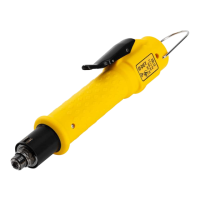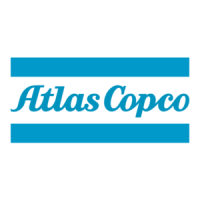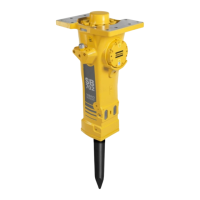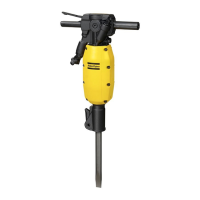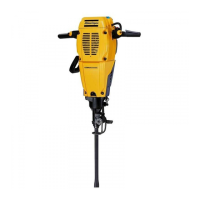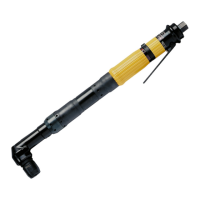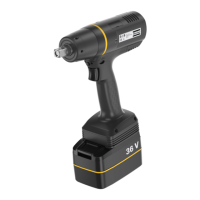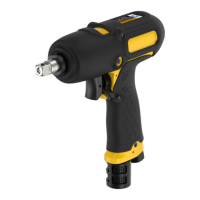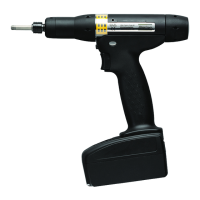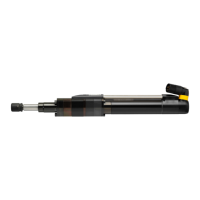Peripheral Devices
9836 3521 01 601
The outputs are set as follows:
Spindle – Mode Set Code: This signal echoes back the current value of the input Spindle – Mode Set
Code as long as the station is idle, that is, while the output Spindle – In Cycle is 0.
Global Accept: This signal is set to 0 when a cycle starts. When the cycle is finished it is set according to
the resulting status of the station. It is set to 1 if the cycle completed successfully and 0 if
not.
Spindle – In Cycle: This signal is set to 1 when the station is running a cycle, and it is set to 0 when the
cycle is finish.
Fault Relay: This signal is currently not used. Always 0.
Spindle – Cycle Complete: This signal is set to 1 when the station has finished a cycle. It is set to 0
when a new cycle starts
Spindle – Error Proofing Ready: This signal is passed through from the input, see Interface definition
input.
Spindle – x Good Rundown: See Indication schema below for a description of how this output is set.
Spindle – x Remove: See Indication schema below for a description of how this output is set.
Spindle – x Low Torque: See Indication schema below for a description of how this output is set.
Note! All Outputs have a 500-millisec transition from ON/OFF states to enable sufficient dwell time for
PLC‟s to scan/read the change of state of all Inputs and Outputs.
8.15.2.1 Indication schema
Indication of the bolt result is done differently depending on if the strategy used for the tightening.
Whether or not a tightening is classified as using Torque or Angle control is based on the type of the last
step in the main part of the tightening program used, that is, the step before the first CE step in the
program.
However, some steps are not classified to be of Torque or Angle control type. A typical example of this is
the SR – Socket Release step. To ignore these steps when deciding the control strategy of the program
the program is traversed backward, starting at the last step, until one of the steps in the below table is
found.
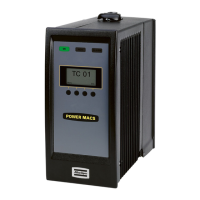
